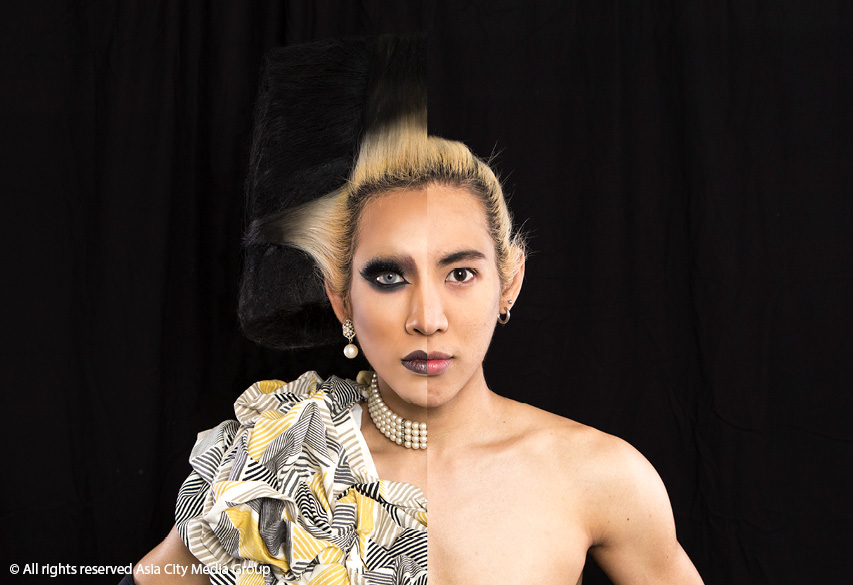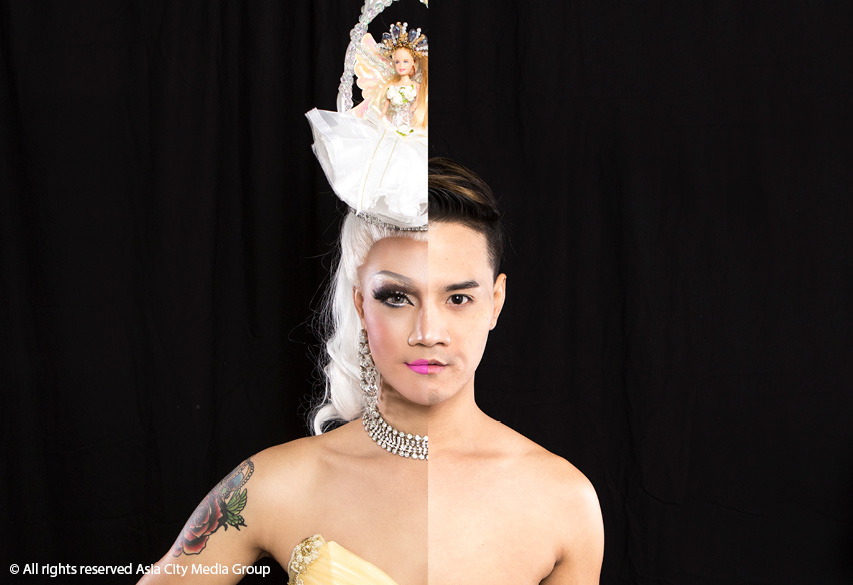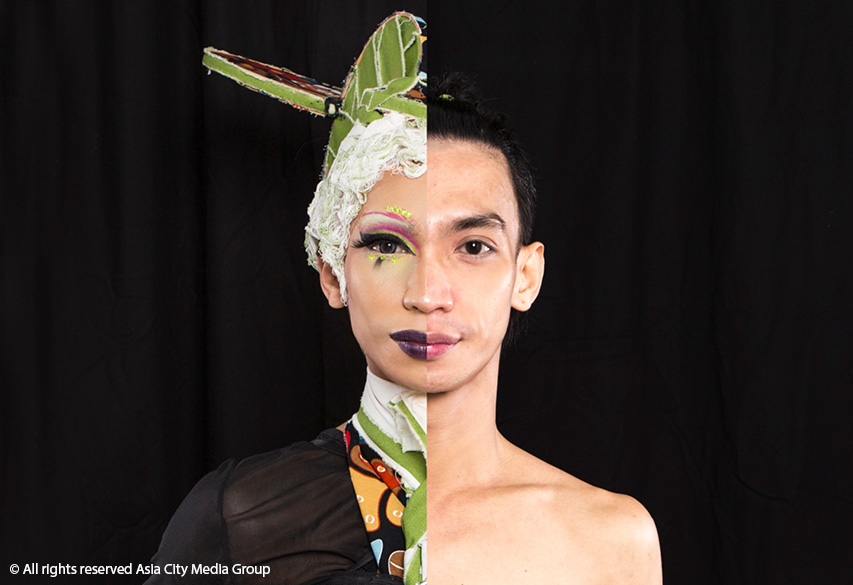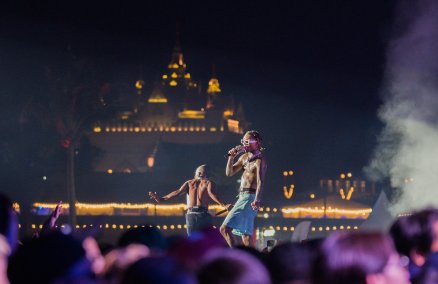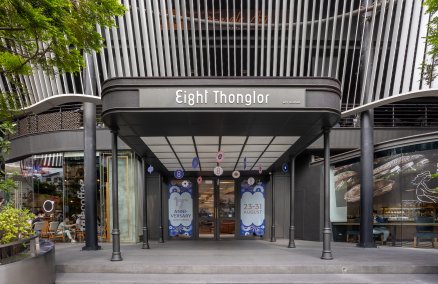Three years ago, Bangkok’s drag queens had only a few bars in Silom to practice their art. Now, they are the focus of a prime-time, US-imported reality TV show, Drag Race Thailand. Here, the city’s fiercest drag queens tell us what the art really means, how they became who they are today, and why drag is so much more than cross dressing.
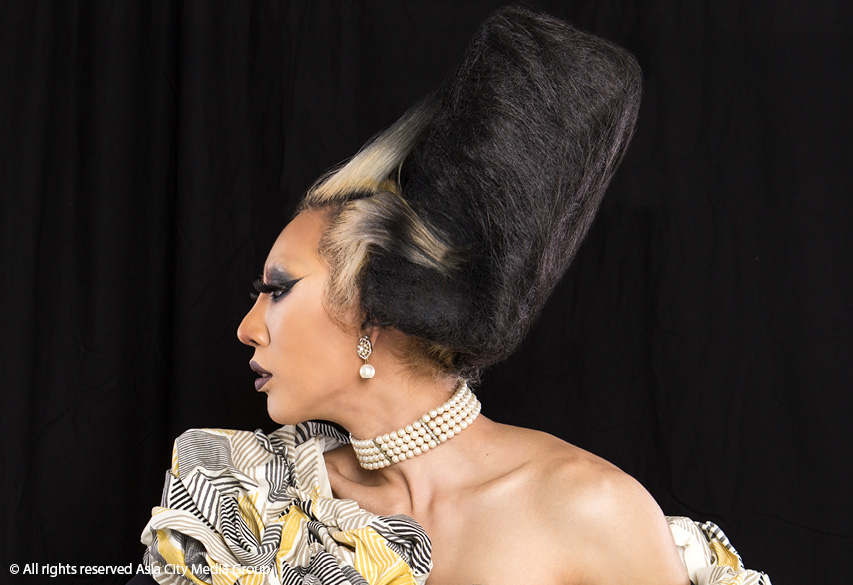
Annee Maywong
Annee Maywong performs on the White Orchid Cruise daily from 8-10pm, at DJ Station on Silom Soi 2 from 11pm Mondays through Saturdays, and at Maggie Choo’s Sundays Gay Night.
When I was 16, I joined a dance community where the other men were bigger and taller than me. The choreographer told me that I wasn’t suited to be a male dancer and asked me if I wanted to dress up as a female dancer. That was the start of it all.
I also realized I was gay when I was young. I never actually came out to my parents but, of course, they knew. I was also really into ballroom dancing, but my dad, an Air Force pilot, didn’t accept that. He didn’t want his son to have a career in dancing. Only after I entered and won big ballroom dancing competitions and made a name for myself did my family see that I could still bring a good reputation to our family. They stopped caring about my sexuality.
Thailand’s acceptance of LGBT identities is still in an early stage. Society may seem open from the outside, but I think people are still prejudiced. Through hard work, the LGBT community is able to prove itself.
In general, people also don’t fully understand drag performances. They still think it’s a cabaret. It’s actually performance art. It’s entertainment. The only limitation is the gender we take on. Any type of show that women are afraid to perform, drag queens will perform. We keep it beautiful, of course.
On top of being a performer every night, I work full-time as a public servant. I work so much that I’ve passed out during a performance, probably from inhaling the smoke and dry ice on the stage. Next thing I knew, I was waking up in the hospital.

Dearis Doll
Besides being a full-time drag singer, Dearis Doll also helps out at the family's business—a shrimp farm. You can catch her performing at Maggie Choo's every Sunday night.
I realized that I was gay when I was small. I played with the girls instead of the boys, but I liked the boys. When I officially came out to my father, he acknowledged the information, but wasn’t as accepting as he is now. I had to prove myself to him through my work and by being able to look after myself.
Five to six years ago, I started as a cross-dressing singer. But I felt boxed in, trapped and bored so I became more extreme with my makeup and appearance, even researching into cross dressing. I had so much fun with it. People then told me that what I am is called a “drag queen.”
I think our country is more accepting of the LGBT community now than it used to be. People now judge us based on our talent, not just on our appearance. But the majority of Thais still don’t know what drag is. This is why the TV show Drag Race is valuable. It promotes drag culture in Thailand, and people are learning that this thing exists in our society. Drag is another type of art. It’s a mix of performance and creation, which is the makeup and costume part. The product depends on a person’s style. It takes so much work and effort to become a drag queen. You need discipline and you need to love doing it.
Once, during a performance, a very drunk patron came up to me. I thought he was going to shake my hand but he pulled me right off the stage. Still, that was a minor injury.
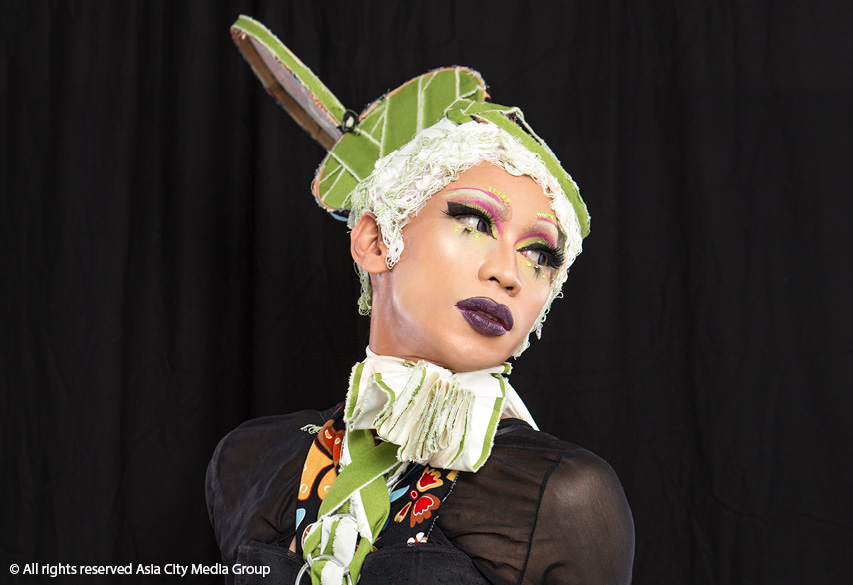
Jaja
Originally from the Philippines, Jaja’s taken wholeheartedly to her new home and full-time calling as a drag queen at The Stranger Bar on Silom Soi 4, every Monday through Saturday from 10pm. Catch her on Sunday nights at Maggie Choo’s Gay Night.
I realized I was gay when I was seven. In my classroom in the Philippines, two students would share a single long chair, and I remember I tried to put my leg over my classmate’s leg. I didn’t come out to my family though. Back then the Philippines was quite conservative. I’m 34, so that was a long time ago. You would hear about [gay] people getting bashed or killed. They would kill people just because they were gay. These days, [society] is more accepting. It’s not a problem anymore.
I came to Bangkok in September of 2015. I remember the first time I rode the BTS in full drag and in full daylight. People looked at me, but not like they would in the Philippines. It was definitely more open. I was looking for a teaching job when I first arrived, but no schools would hire me. My friend Robert Vasquez introduced me to Sean Peter and Chakgai M. Jermkwan, the owners of The Stranger Bar on Silom Soi 4. Robert told them that I had been a performer back in the Philippines and I performed for them then and there. Once, Daniel Bombardi, the retail director of Gucci, saw me perform at The Stranger Bar and flew me to Singapore to perform on his birthday night.
The worst thing that has ever happened to me on stage was when I jumped down from the stage, which was like two meters high, and my balls came out. I was a newbie and was wearing only one pair of stockings because I didn’t know how to tuck [my penis] properly [laughs].
Drag is larger than life. If [other] people wear 10cm false lashes, we wear 100cm-long ones. You know, always bigger. Drag means to dress as girl, but larger than the eyes can meet.

Pangina Heals
If you’re a part of Bangkok’s gay community, you know Pangina Heals. Her job? She’s “a fucking drag queen, ka.” She is the host at both Maggie Choo's Sunday Gay night and G-Spot Theme Party first Saturday of every month at Vertigo TOO, and co-hosts Line TV’s Drag Race.
I was 15 when I realized that I was gay. Growing up I faced a lot of bullying because I was feminine and fat. Kids don’t know the danger of bullying. Some kids want to commit suicide because of it. All of that made me strong.
When I came out to my parents, at 18, they said, “Just don’t change back and forth, it's confusing.” They were very, very accepting.
In 2011, 98 FM Pynk Radio had a Lady Gaga competition. Dress up like her and win a trip to New York, all expenses paid. I entered and I won. I went there and dressed up. It was like every day was Halloween. It was fun and I never looked back.
I think Thai society is one of the best societies in the world in terms of LGBT acceptance. People can go outside, go anywhere. With that being said, the marriage equality laws are still not as open as our social attitude.
Drag is an art. Most people confuse the terms “drag” and “drag queens.” Drag is something that anyone can do, regardless of what gender you are. It’s a creative act. But the term drag queen usually means gay men—or straight men—dressing up as women. There is also the term drag king, when women dress up as men. All drag queens are diamonds, all of them beautiful and different in their own unique way.
The drag scene in Thailand is growing so much because of the individuals like Jhai Sira (bit.ly/2oEAuCC). These people raise awareness about drag queens. They make people see that it’s nothing about gender—it’s about entertainment and creating expression or art.
The worst thing that ever happened to me on stage was when my wig fell off half way through a performance. Oh, no, actually, I tore my thigh ligament once. I could literally hear it snap. It was during a performance for the "Die Another Day" song by Madonna—what a coincidence.
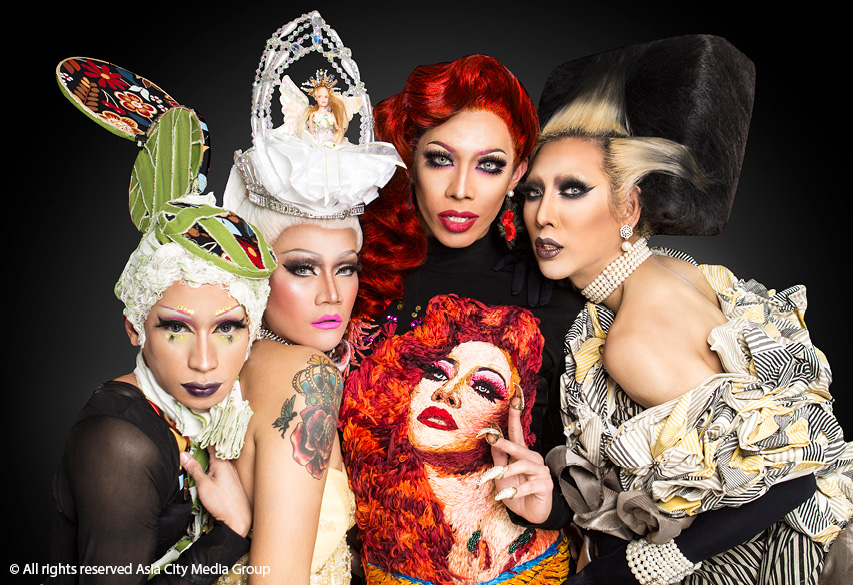
Events
Maggie Choo’s Gay Night
Every Sunday at 7:30pm. Entry is B300 includes one drink or B500 includes two drinks on a theme night (once a month).
G-Spot Theme Party
Every first Saturday of the month, 6pm at Vertigo TOO. Entry is free before 9pm and includes a buy-one-get-one-free promotion. After 9pm, entry is B500 and comes with two drinks.
BK ASKS

Kreangsak "Ken" Leing describes himself as "the only person in Thailand who organizes drag parties." The PR guru's weekly event at Maggie Choo's is possibly Bangkok's most successful gay night.
How long have you been doing this for?
Three and a half years, and going strong.
How did you start out?
Sanya Souvanna Phouma, the former GM at Maggie Choo’s, wanted to do a gay night and he came up with cabaret shows with games and shot giveaways. Back then it was Sanya, Pan Pan [Pangina Heals] and Pakin “Joey” Chaisangkam. Joey quit about two months after the project started, so Sanya asked me to come help and I knew straight away that the concept would work, but it would be tough.
How did you meet Pan Pan?
I met Pan Pan a long time ago at Bed Supper Club. He was a dancer there. I never knew that he wanted to be a drag queen. I remember I called Pan Pan and was like, “Are you crazy? There are no jobs!” He told me he loved doing the makeup, entertaining people. He believed that if he entertained people, it was like he healed them after a long day.
Who is your audience?
Anyone who wants to come. We have had four [straight] couples who met at our parties get married.
What makes your gay parties so special?
We work very hard and my standards are very high. All my show girls must meet these three conditions: one, their lip-syncing needs to be on point; two, they cannot sing the same song within three months; and three, they cannot wear the same costume again, ever. In our second year, we launched our monthly theme night to encourage people to dress up. The gay community gets easily bored so you have to keep them entertained to keep them coming back.
What’s the worst thing that has ever happened during a show?
Two years ago we had this gay couple at our show and one of them got offended by a joke. They left and came back with five people with guns. The next day I had to go to the police station and file a report.
How do you feel about the LGBT situation in Bangkok?
LGBT people are usually very grateful to be in Thailand. Thailand is one of the most open countries in the world [LGBT wise]. We are blessed and very lucky to be gay in Thailand.

